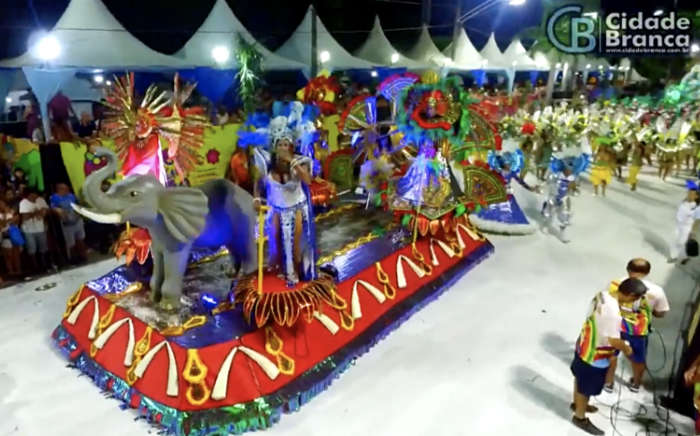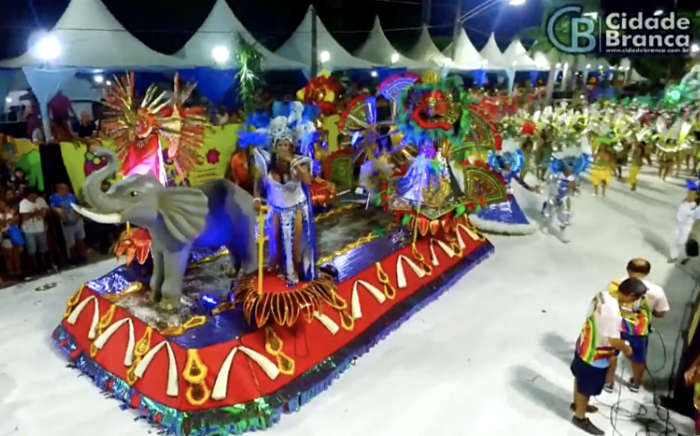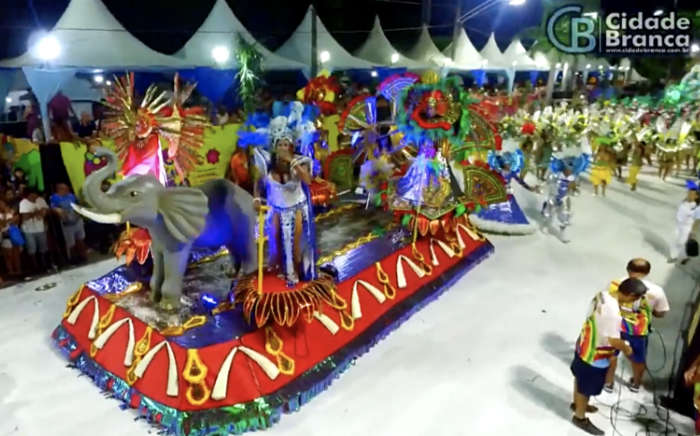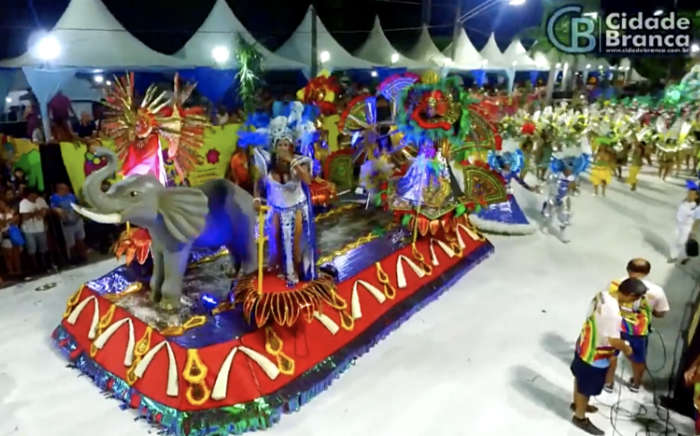Música Sertaneja
Although música sertaneja (also known simply sertanejo) has been around since the 1920s, it's form has continuously evolved to keep pace with the times. It's latest incarnation, Sertanejo Universitário, has a distinctive pop feel which local artists have taken internationally - achieving #1 hits across Europe and on US-based Billboard Latin charts.
Sertanejo originated in the rural area of central Brazil - in the states of São Paulo, Paraná, Minas Gerais, Goias, Mato Grosso and Mato Grosso do Sul. It consisted of romantic ballads, and/or stories about rural life and struggles - but was also popular dance music. As with forró, from Brazil's northeast, its signature sound is the accordion - playing a role similar to the fiddle in early American country music. Other instruments used are the acoustic guitar (viola in portuguese), and the viola caipira which is a type of brazilian guitar using ten strings rather rather than the usual six.
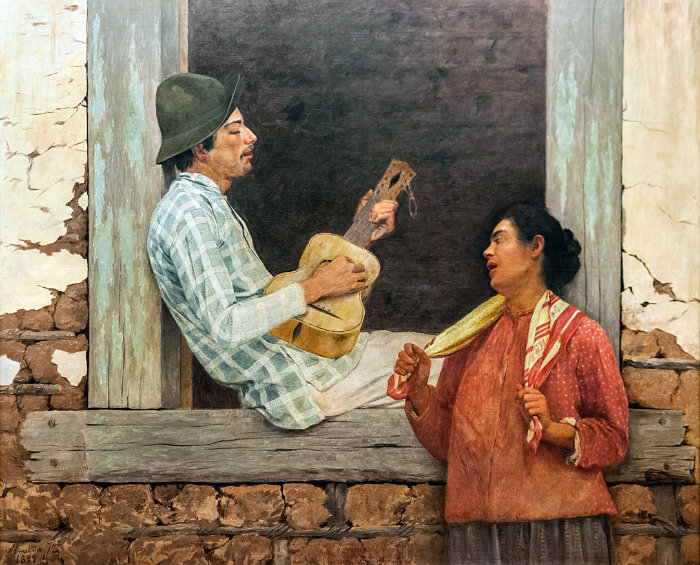
This 1899 painting, O Violeiro (The Guitar Player) by José Ferraz de Almeida Júnior, shows a rural scene with a man playing a traditional Violão Caipira - ten-string guitar. Credit: Wikimedia Commons.
Sertanejo Tradicional
We've used this (unofficial) term to describe the music that still holds favour with the region's older generations. Notable artists of this genre include:
Sergio Reis
Originally from Santana in São Paulo state, Sergio Reis has been performing since the 1960s. He's also appeared as an actor in several popular Brazilian soap operas
Almir Sater
Almir Sater is from Campo Grande in Mato Grosso do Sul. He's one of the region's (and Brazil's) most respected musicians, and also has appeared as an actor in several television productions - including the series Pantanal. Sater has travelled extensively through the Pantanal with other artists as part of the "Caravan of Hope", researching and documenting about lives of the region's residents.
Banner image: Pantaneirio local, Seu Dito Verde playing his traditional Viola de Cocho (Paulisson Miura/Wikimedia)
